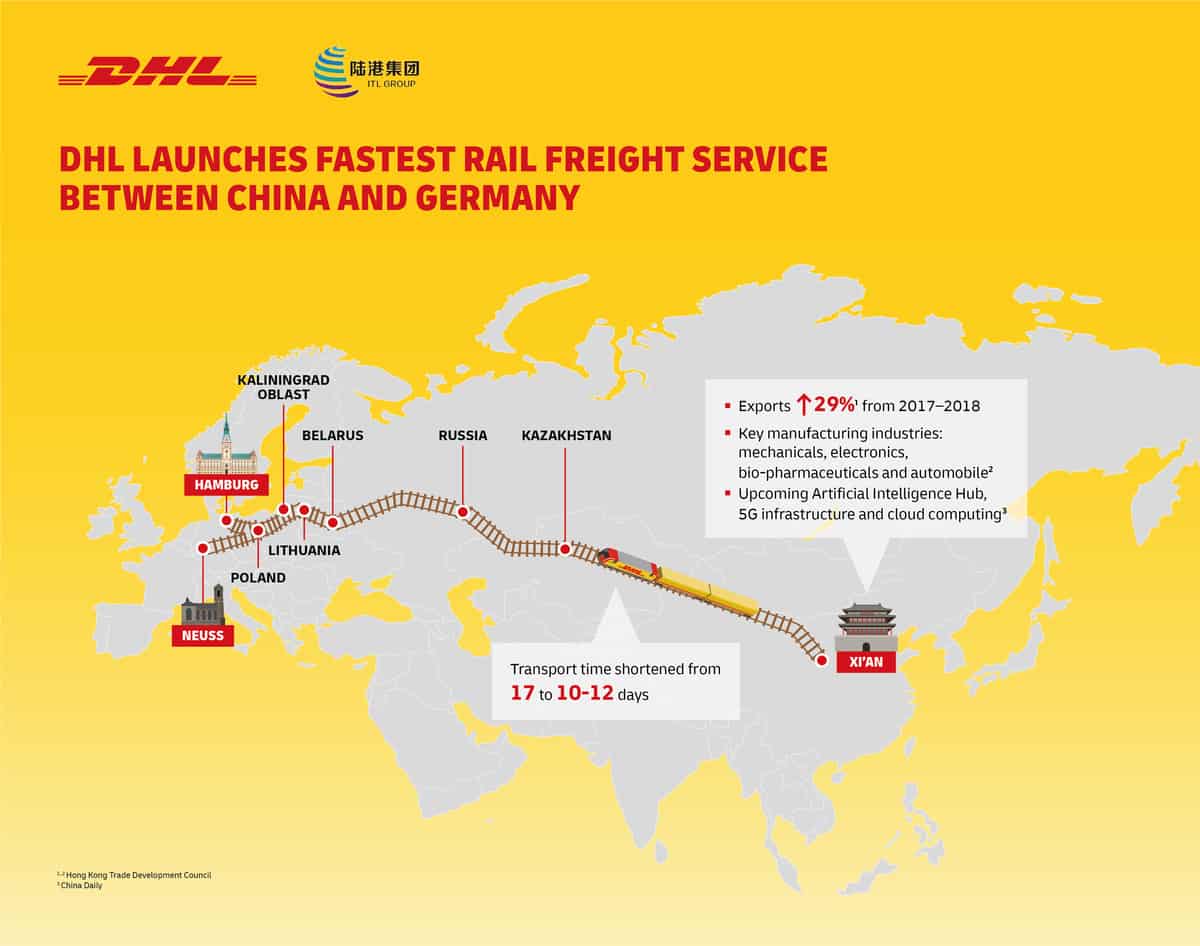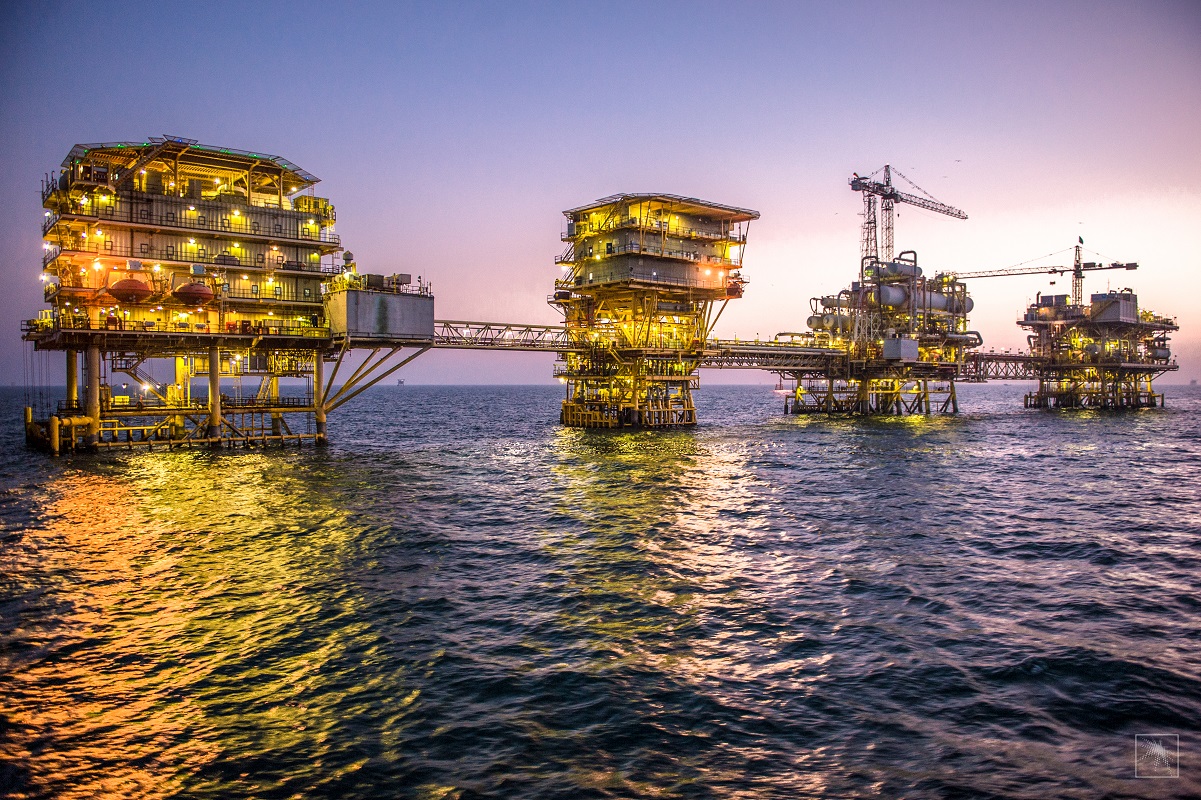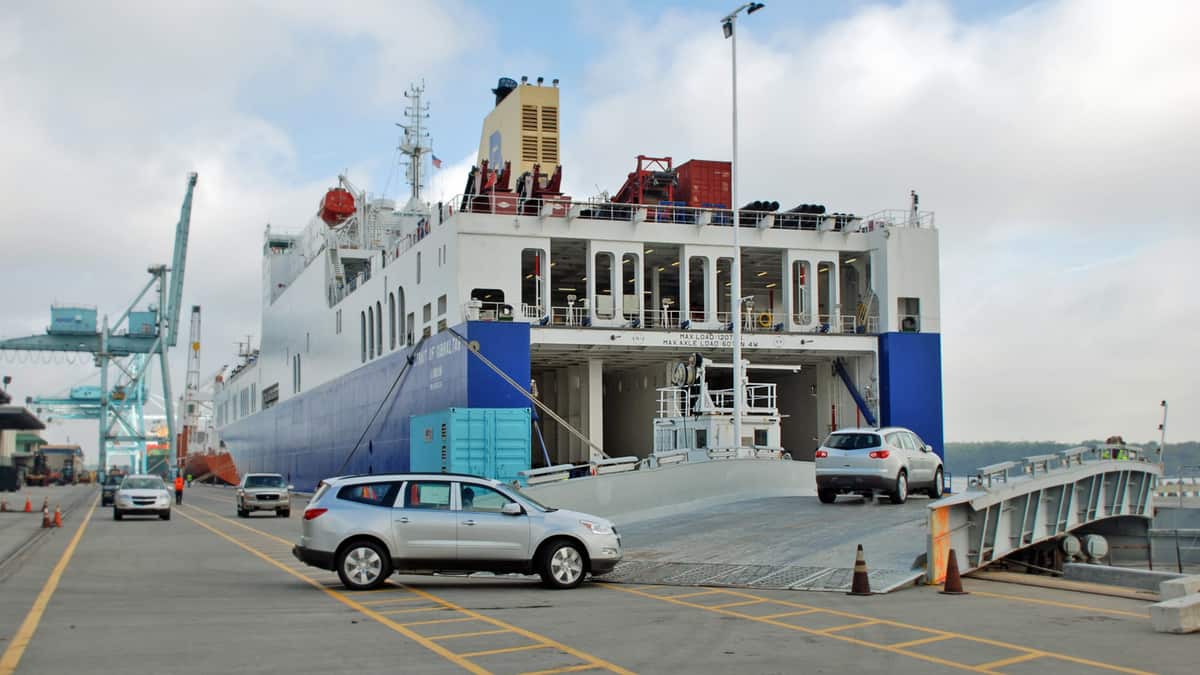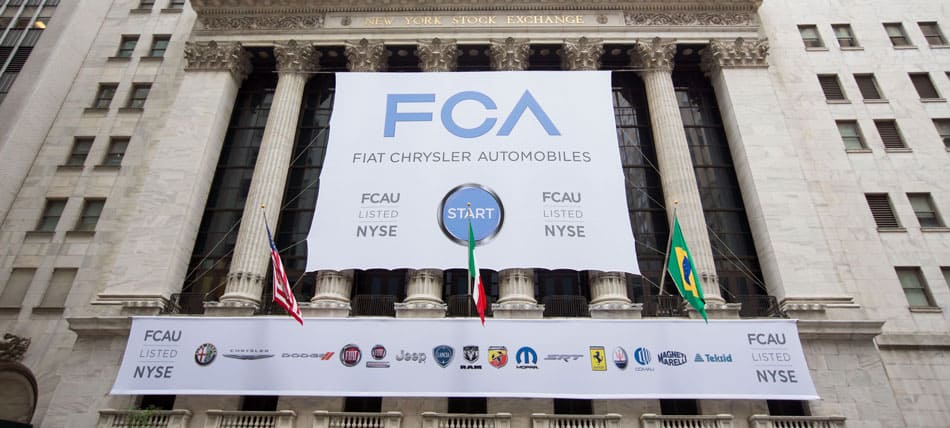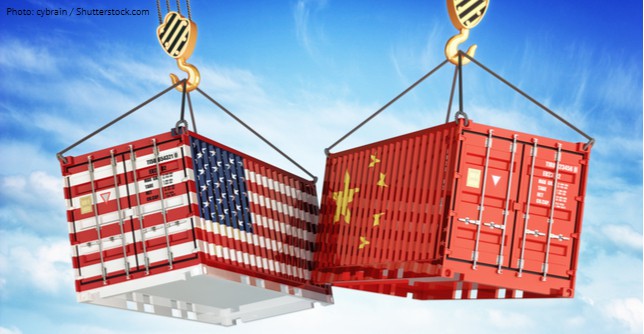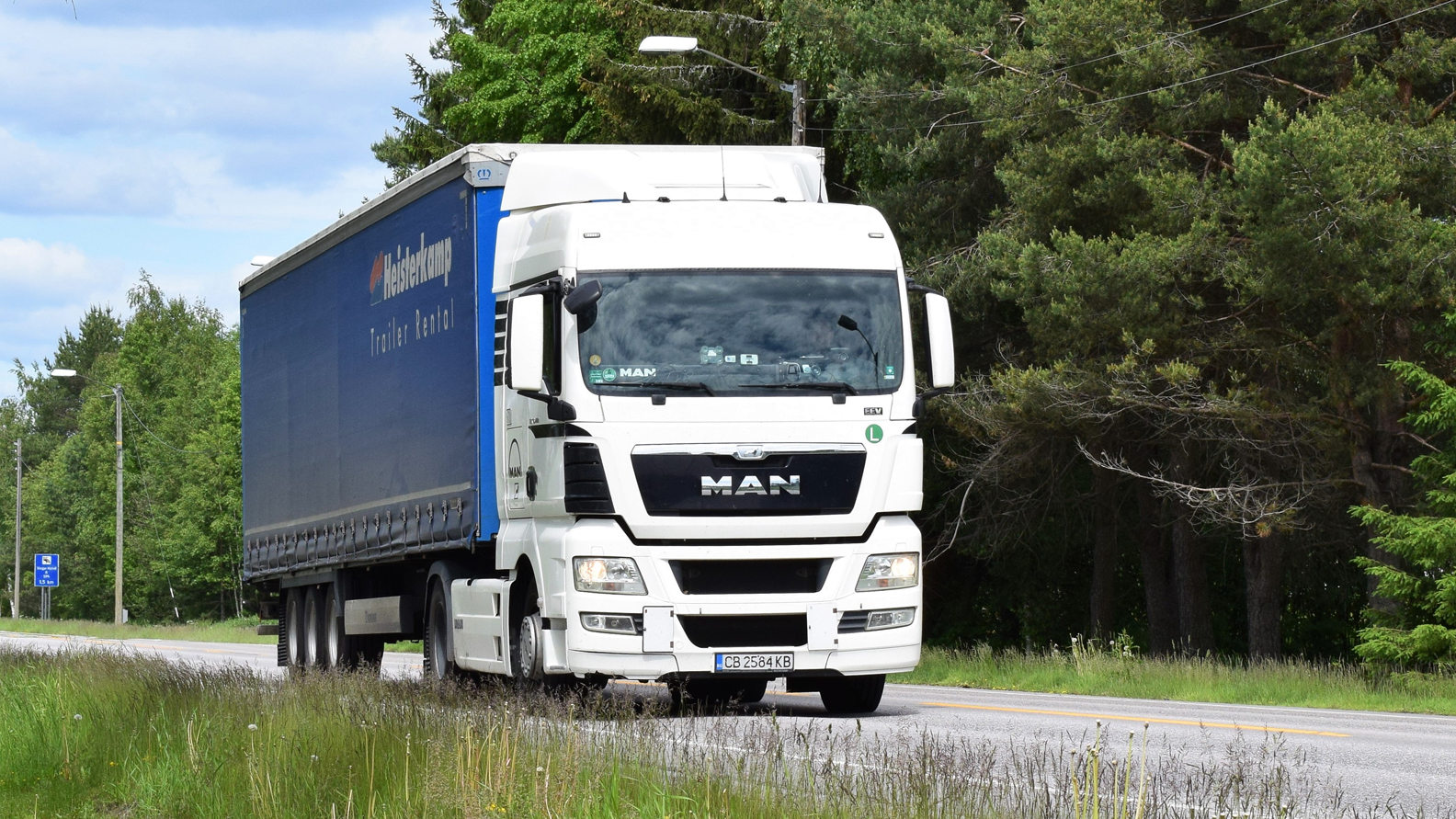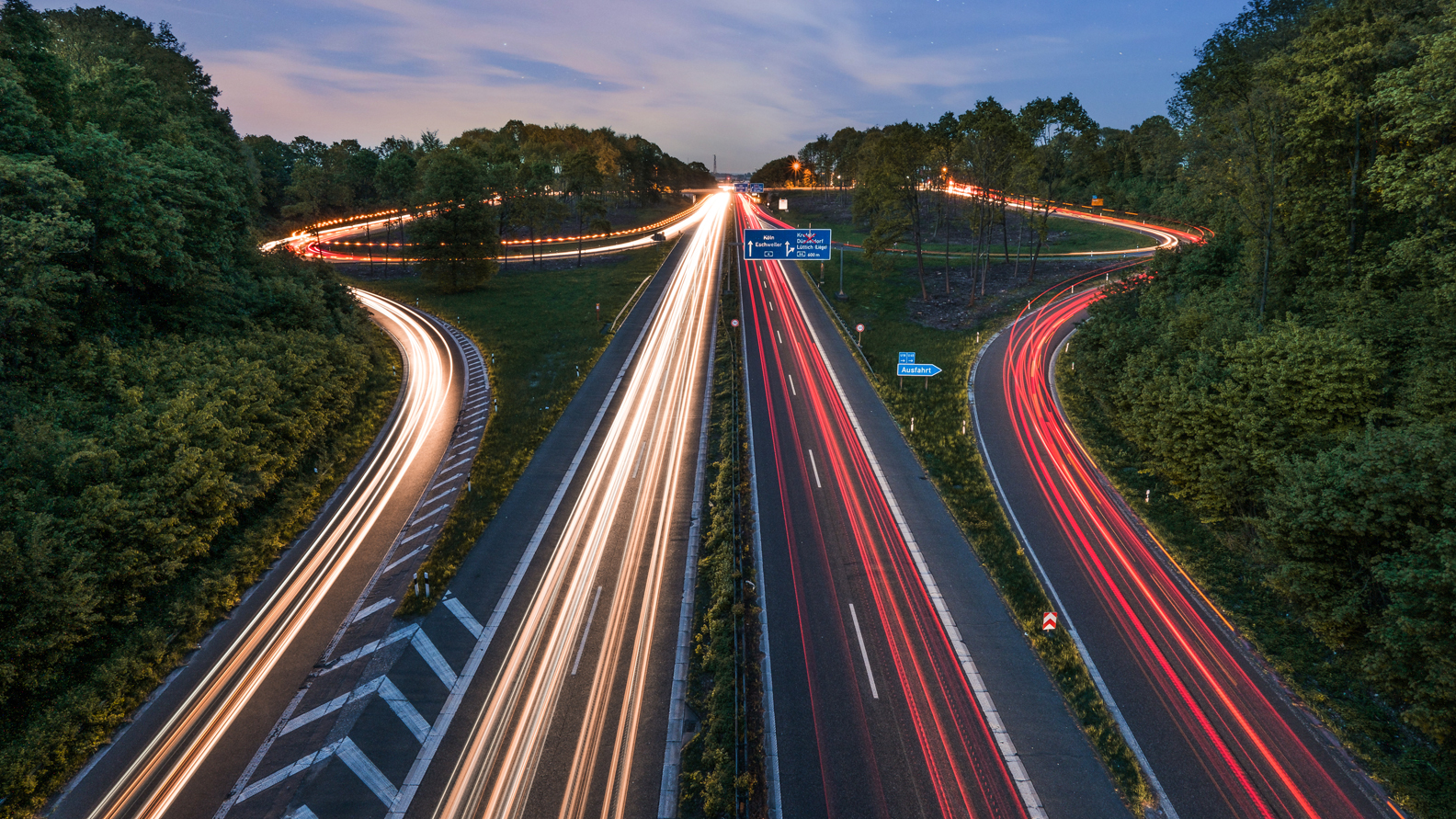
DHL
Global Forwarding has launched a new rail express service from China to Europe
offering transit times of just 10 to 12 days.
Launched in partnership with
Xi’an International Inland Port Investment & Development Group Co., DHL
said the service from Xi’an in China to Hamburg and Neuss in Germany is now the
fastest available.
The new rail express takes an approximate 9,400-kilometer route through Kazakhstan, Russia, Belarus and Lithuania to Kaliningrad Oblast, a part of the Russian Federation on the southern coast of the Baltic Sea. It then enters the European Union via the Mamonovo-Braniewo crossing between Russia and Poland before continuing on to the port of Hamburg and finally to Neuss on the River Rhine.
“Traversing numerous countries,
the fastest rail service between China and Germany was created with the support
of China Railway, Belintertrans, RTSB Gmbh and UTLC–Eurasian Rail Alliance,”
said a DHL statement.
Rail services between Asia and Europe have increased in popularity in recent years with shippers attracted by improved reliability, faster transit times when compared to ocean shipping options and lower prices than air cargo
The Northern Eurasian corridor
used by DHL via China, Kazakhstan, Russia, Belarus and Poland has emerged as
the fastest and most reliable route, carrying 325,000 twenty-foot equivalent
units (TEUs) in 2018, according to a report earlier this year from the European
Commission (EC). This predicted traffic would rise to at least 437,000 TEU by
2030 but could rise to over 4 million TEU if sufficient capacity and funding
became available.
“Two significant factors will
affect this development – rail transport subsidies by Chinese local governments and the
infrastructure capacity along main railway routes and border crossings,
especially between Poland and Belarus,” added the report.
DHL recently opened two Rail
Competence Centers in Le Havre, France and Felixstowe, U.K., in response to
growing demand for rail freight services between Europe and China.
The company said the
Xi’an-Germany express rail connection would offer customers real-time milestone
visibility using GPS tracking of shipments via the iSee software platform.
Xi’an is at the heart of the New
Silk Road economic belt and has developed into a significant manufacturing and
digital hub, added Steve Huang, CEO, DHL Global Forwarding China.
“A foreign investment and
manufacturing hub that has seen exports increase in 2018 by 29% year-on-year,
the city today is a thriving international center with high-quality production
capabilities in pillar industries like mechanicals, electronics, bio-pharmaceuticals
and automobile manufacturing,” he said.
“By boosting greater agility
whilst offering the express rail service at reasonable costs, DHL Global
Forwarding seeks to connect these fast-evolving industries to rising demand and
market opportunities in Europe.”
Qu Jinwei, General Manager of Xi’an International Inland Port Investment & Development Group Co., said the service would help attract more investment to the region.
“As next steps, we will strive to
make this express rail freight a success,” he said. “This would attract more
industries to our region, fortifying their capabilities to gather resources
from international supply chains and sharpening their competitive edges.”

